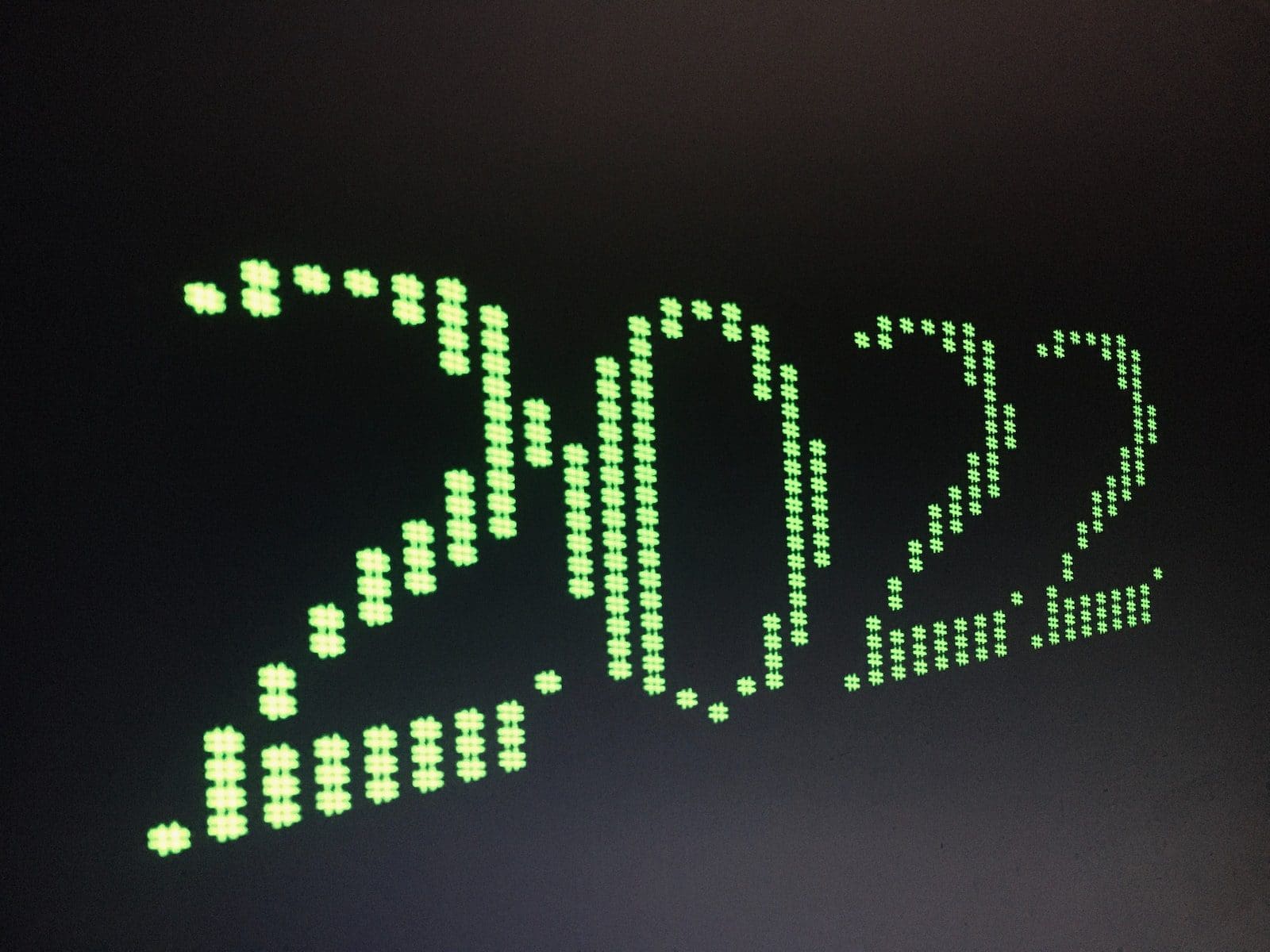Technology has increased and updated a lot in a few years, and everything is online or on computers. Communication or storing data everything is digital on computers.
When it comes to storing data, the most common problem that arises is the security of the data. We all know the frauds and breaches that occur while transferring or storing data that could lead to loss. Even it causes the rise in cybercrime.
To increase the security of these, several systems have been developed. RSA and DSA are examples of such systems. To fully understand them, the first thing is to know how both of them are different.
Key Takeaways
- RSA uses prime factorization, while DSA uses the discrete logarithm problem to generate keys and sign messages.
- RSA can be used for encryption and digital signatures, while DSA can only be used for digital signatures.
- RSA keys are longer than DSA keys to achieve the same level of security.
RSA vs DSA
RSA is a public key cryptographic algorithm used for encryption and digital signatures based on the factorization of large prime numbers and is widely adopted and supported. DSA is based on the discrete logarithm problem and is primarily used for digital signatures and key exchange in the Digital Signature Standard (DSS) context.

Rivest-Shamir-Adleman, popularly known as RSA, is a system used for securing data transmission developed in 1977.
It is a public-key cryptosystem. Its name was derived from the surname of its developers. It is the oldest cryptosystem used for secure data transmission and is also known as public-key cryptography.
Digital Signature Algorithm is the public key encryption algorithm used for generating the digital/electronic signature and verifying it.
It was developed after the RSA in 1991 and is considered to be best for decryption and signing in. The person who is transmitting the data can only make the signature.
Comparison Table
| Parameters of Comparison | RSA | DSA |
|---|---|---|
| Meaning | Cryptosystem algorithm | Digital signature algorithm |
| Used for | Securing data transmission | Verification of digital signature |
| Developed in | 1977 | 1991 |
| Uses | mathematical concept | discrete logarithm and modular exponentiation |
| Best suited for | Verification and encryption | Decryption and signing in |
What is RSA?
It is a type of asymmetric cryptography algorithm which means it uses two keys, public and private, for working. It is used for both encryption and decryption of data.
Private is kept secure or private, while the public key is given to the public, which is used for the encryption of data. It is used for both encryption and decryption of data.
The message can be cracked by using the private key only. Therefore it is very important not to share the private key with anyone as it can leak the data.
Advantages of RSA:
- RSA has proven to be stronger than any other algorithm used for a similar purpose.
- It has overcome the main limitation of the symmetric algorithm of authenticity and confidentiality.
- It is the most trusted algorithm.
- Unlike DSA, it can do decryption too.
Disadvantages of RSA:
The computation process is a time-consuming and lengthy one.
Therefore it is concluded that RSA is the best algorithm so far as it has fewer disadvantages and several advantages. It is used worldwide for encryption and decryption of data, as no third party without the private key will be able to decrypt it.

What is DSA?
Several algorithms were made to make the digital signature, as it is very important to make sure that the data is transmitted securely. These algorithms follow a similar method of private keys.
Therefore DSA was developed, which is used to create the digital signature. It cannot be used for encryption like RSA but only for generating and verifying the digital signature. Public or private keys are the basis for the signature generated with DSA.
The private key is the one with the person who generates the signature, and the public key is the one with the person who encrypts it. Private is very vital as it can be used for generating the same signature as yours.
Advantages of DSA:
- It has very strong strength levels.
- It also has small digital signature standards.
- The speed of signature computation is very less.
- It does not require a large space as compared to others.
- It does not include any charges and can be used for free.
Disadvantages of DSA:
- The authentication process is very time-consuming as verification takes a lot of time.
- The authentication of data can be done in DSA. It cannot be encrypted.
- DSA is dependent on SHA1. Therefore, any limitation or problem of this is the problem reflected in DSA.

Main Differences Between RSA and DSA
- Both RSA and DSA have separate uses. RSA is used to secure the data transmission, while DSA has the use of digital signature and also verification of it.
- DSA was developed later in 1991 by the National Institutes of Standards and Technology than RSA, which was developed earlier in 1977 by Ron Rivest, Adi Shamir, and Leonard Adleman.
- Both of them use different concepts of working. DSA uses discrete logarithms and modular exponentiation, while RSA uses the mathematical concept of two large prime factorizations.
- RSA is best suited when it comes to encryption and verification, while DSA is for signing and decryption.
- Both of them various benefits over each other, as RSA is slower in a key generation when compared to DSA, which is a lot faster for this, but when it comes to encryption, it’s totally opposite, RSA is faster than DSA in the encryption process.
- Last but not least, DSA, being best suited for decryption, is faster in the process than the RSA.
- https://ieeexplore.ieee.org/abstract/document/1056264/
- https://link.springer.com/chapter/10.1007/3-540-68697-5_9
- https://www.ams.org/notices/199902/boneh.pdf
- https://link.springer.com/chapter/10.1007/978-3-540-28632-5_9
- https://pubs.rsna.org/doi/abs/10.1148/radiol.2302021465
- https://www.sciencedirect.com/science/article/pii/S0013468600003388

The comprehensive overview of RSA and DSA presented in this article is highly informative. It details the strengths and limitations of both cryptographic systems, providing valuable insights into data security mechanisms.
Well put, Ward Lexi. The depth of information regarding RSA and DSA is truly beneficial. Understanding the differences between these cryptographic algorithms is integral in ensuring secure data transmission.
The detailed comparisons between RSA and DSA are certainly beneficial in expanding one’s knowledge on data encryption and security. It’s crucial to thoroughly comprehend the intricacies of cryptographic algorithms, and this article has done a commendable job in that regard.
The comprehensive comparison between RSA and DSA is truly beneficial for anyone looking to enhance their knowledge of cryptographic algorithms. The in-depth overview of the uses and implications of both systems is commendable.
Indeed, Andrew Evans. This article provides a detailed understanding of RSA and DSA, catering to individuals striving to bolster their expertise in encryption and digital signatures.
I found the analysis of RSA and DSA in this article to be incredibly enlightening. The advantages and disadvantages of both systems are well-elucidated, offering a comprehensive perspective on their applications and implications.
I couldn’t agree more, Linda18. The article’s detailed breakdown of RSA and DSA is crucial for individuals looking to enhance their understanding of data security mechanisms.
In today’s digital era, understanding the nuances of cryptographic algorithms like RSA and DSA is pivotal. The comparison table and details provided in this article are enriching. It’s imperative to have such knowledge to safeguard data effectively.
Certainly, Qjackson. This article provides a detailed understanding of how RSA and DSA work, enabling readers to make informed decisions on data security strategies.
This article provides a thorough analysis of RSA and DSA, emphasizing their significance in the realm of data security. The advantages and drawbacks highlighted here offer valuable insights into the application of these cryptographic algorithms.
Absolutely, Miller Adele. Understanding the strengths and limitations of RSA and DSA is essential for devising robust data security strategies, and this article serves as a comprehensive guide in that respect.
Thank you for the detailed comparison between RSA and DSA. It’s essential to understand these differences to ensure the security of data. Encryption and digital signatures are crucial, and knowing the strengths and limitations of both algorithms is important.
Extremely informative article. The benefits and drawbacks of both RSA and DSA are well-explained. This will definitely help individuals make informed decisions about data security.
I completely agree. Data security is of utmost importance, and the information provided here is enlightening. It’s great to see a comprehensive overview of both systems.
The evolution of technology and digitization has indeed necessitated robust data security measures. The comparison of RSA and DSA provides valuable insights into ensuring secure data transmission. It’s always beneficial to have a deep understanding of such cryptographic systems.
Absolutely, Ryan63. Understanding encryption and digital signature algorithms is crucial in this digital age, and this article provides a thorough analysis of RSA and DSA.
The detailed comparison will undoubtedly aid individuals in making informed decisions regarding data security. This is valuable information, especially in today’s digital landscape.
The comparison between RSA and DSA is insightful. Understanding the mathematical concepts and applications of these algorithms is crucial for ensuring data security. This piece serves as a valuable resource for anyone involved in data encryption and digital signatures.
Absolutely, Robinson Sasha. The article has provided a clear understanding of the strengths and weaknesses of both RSA and DSA. It’s essential for individuals to be aware of these details when it comes to securing data.
The distinction between RSA and DSA for securing data transmission and digital signatures is brought to light in a comprehensive manner through this article. Being well-informed about encryption algorithms is vital, and this content serves that purpose.
Completely agree, Clark Natalie. The depth of information provided regarding the uses and implications of RSA and DSA is commendable. This is essential knowledge for anyone dealing with data security.